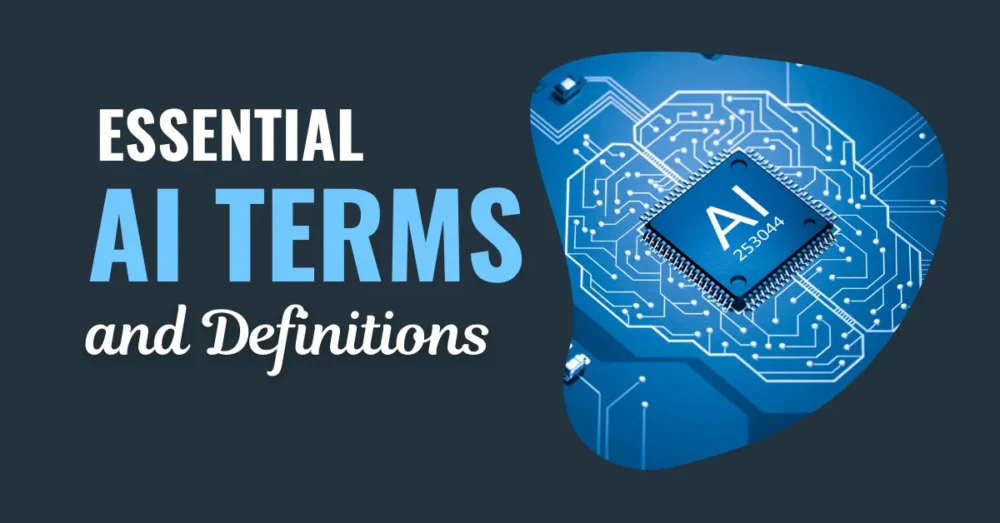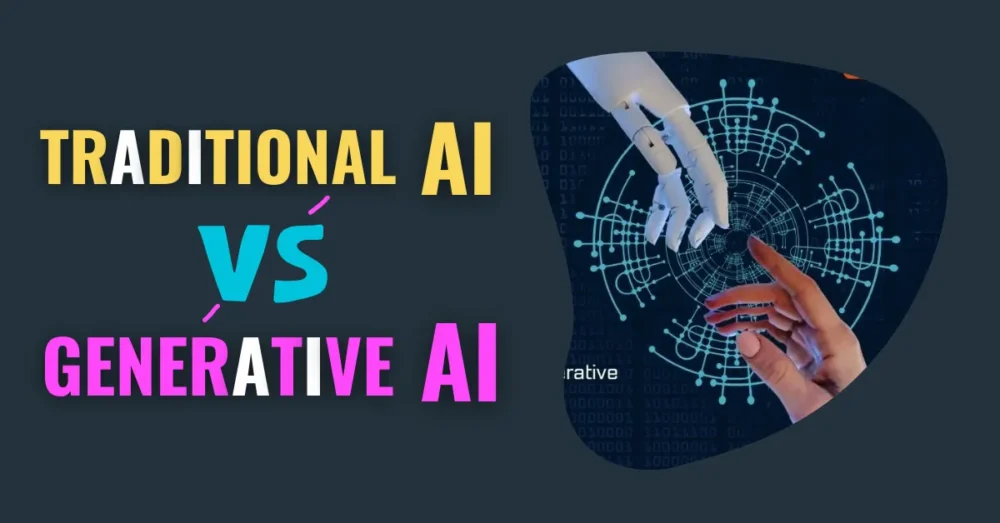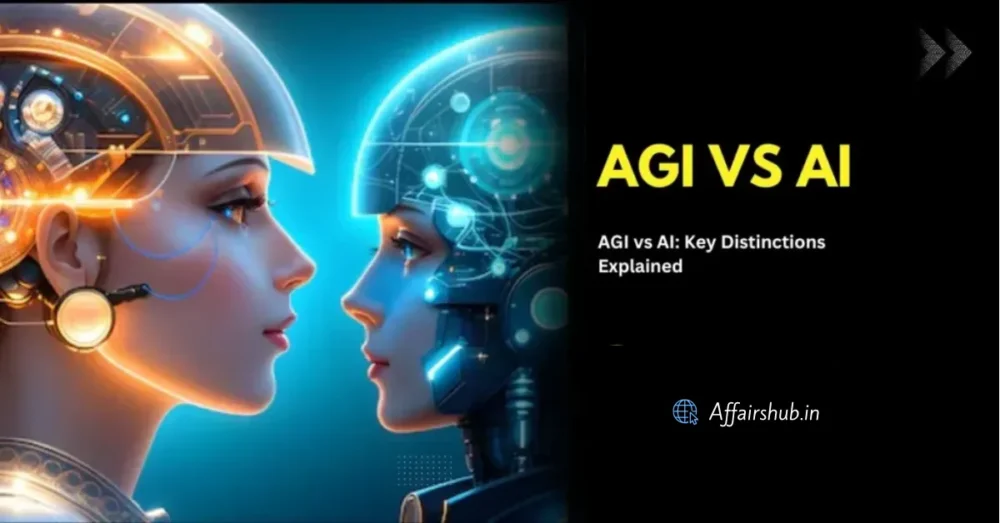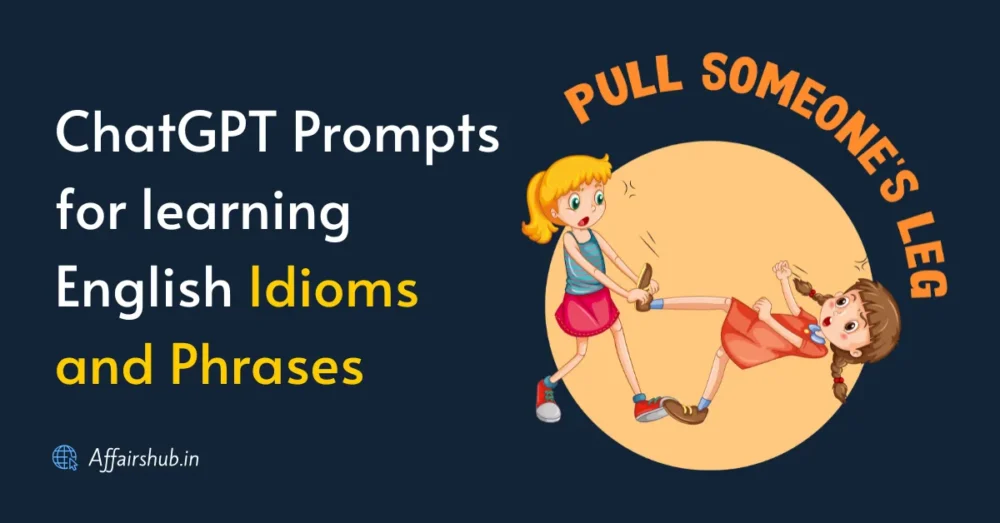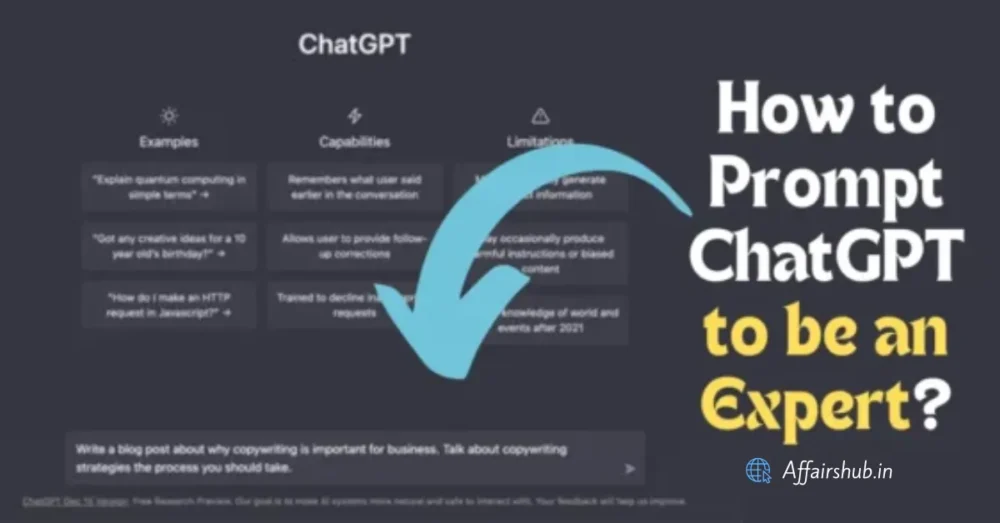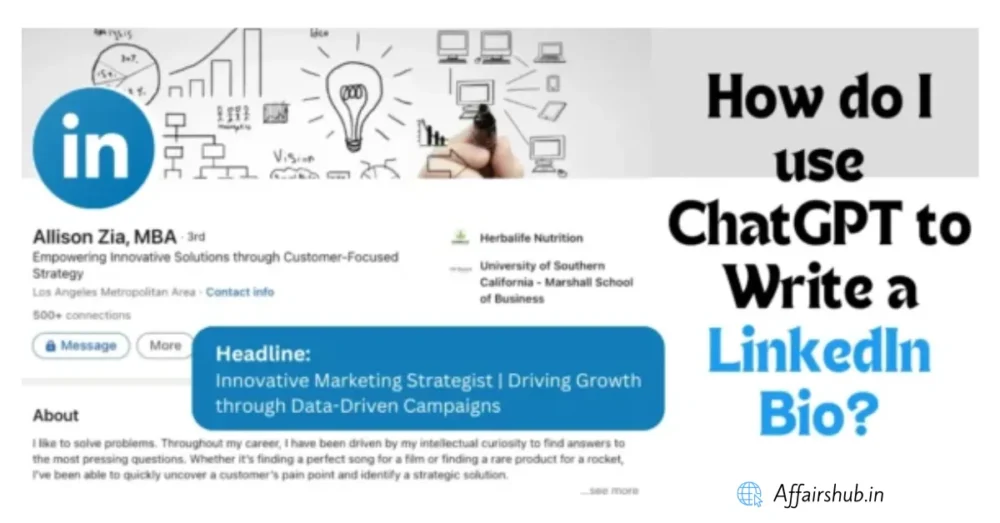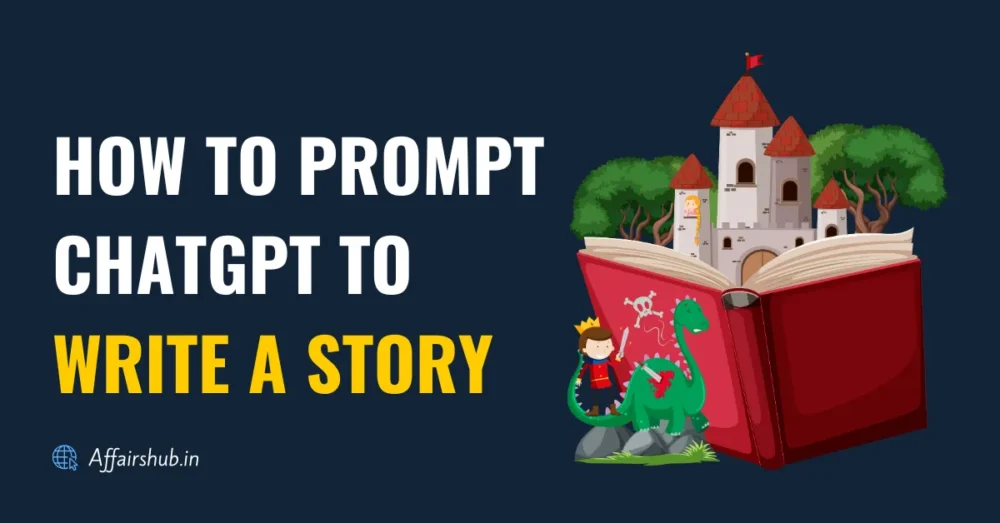Are you ready to discover the fascinating world of Artificial Intelligence (AI) Terms? Whether you’re a seasoned tech enthusiast or just dipping your toes into the digital waters, this A to Z Glossary for 2024 is your essential guide.
Have you ever spoken to a machine that understood you? Maybe you’ve used a voice assistant to play music or check the weather. That’s the power of Artificial Intelligence (AI) in action! But AI can be much more than just a helpful gadget. It’s rapidly transforming our world, from healthcare to transportation.
If you’re curious about AI but feeling a bit lost with all the technical terms, you’ve come to the right place! This A to Z glossary is your one-stop shop for understanding the language of AI in 2024. We’ll break down everything from basic concepts like “machine learning” to cutting-edge ideas like “artificial general intelligence.”
No need for a computer science degree here! This guide is written in plain English, making AI accessible for everyone. So, whether you’re a student, a business owner, or simply someone who wants to stay ahead of the curve, dive in and unlock the secrets of AI!
What is Artificial Intelligence (AI)?
Artificial Intelligence, or AI, is like teaching computers to think and learn by themselves so they can do tasks that usually need human brains, like recognizing faces, understanding what people say, or making decisions. It’s a bit like how you learn to solve math problems or play a new game. AI helps computers learn from experience and get better over time, just like you get better at a game the more you play it.
✅ Read Also: ChatGPT Prompts for learning English Idioms and Phrases: Complete Guide
Important Artificial Intelligence (AI) Terms
Algorithm
An algorithm is like a set of secret instructions that help computers solve problems. Imagine you’re baking cupcakes. You follow a recipe step by step to mix the ingredients, bake them, and voilà! Cupcakes appear!
Similarly, an algorithm is a set of clear steps that computers follow to do things. It’s like a recipe for solving a puzzle or finding the best way to get from your house to the park. These steps create a predictable pattern that leads to a specific result.
For example, when you search for something on the internet, the computer uses an algorithm to find the right information. Or when you play a game, the computer follows an algorithm to decide what happens next. Algorithms are like magical spells that make computers smart and helpful!
And guess what? Every time you use your phone, computer, or calculator, you’re using algorithms! They’re everywhere, quietly making our digital world work smoothly. So, next time you see a computer doing something cool, remember that it’s probably following an algorithm – just like a cupcake recipe!
Big data
Big data is like a giant, never-ending stream of information. It’s all the photos, messages, and videos everyone shares online every day, plus lots of other stuff like weather reports and sales records. It’s so much information that regular computers can’t handle it all!
Think of it like this: if data were water, then big data would be an ocean. It’s huge and deep, with all kinds of different creatures (or pieces of information) swimming around. Scientists and companies use special tools to dive into this ocean and find the most interesting and useful bits, like finding the prettiest shells on the beach.
So, big data helps us understand what’s popular, what the weather might be like next week, or even how to make better toys and games. It’s all about exploring this massive ocean of information to learn new things and make better decisions.
Chatbot
Imagine you have a friend who lives inside your computer or phone. You can ask them questions, tell them to do things, and they always respond. That friend is called a chatbot. It’s like a robot that can chat!
A chatbot is a smart program that uses artificial intelligence (AI) to talk with people. Just like you talk to your friends on messaging apps, you can talk to a chatbot. You might ask it for the weather, help with homework, or just to tell you a joke. And the cool thing is, it learns from talking to lots of people, so it gets better at answering questions over time.
So, a chatbot is a helpful buddy that’s always there to talk to you, anytime you want!
Cognitive computing
Think of cognitive computing as a super-smart brain for computers. It’s a way for computers to think and learn like humans, but super fast and without getting tired.
Here’s how it works: just like you learn from reading books or listening to your teacher, cognitive computing lets computers learn by reading lots of information and noticing patterns. This helps them make decisions or give advice.
For example, if you ask a computer with cognitive computing to help you with your science project, it can read all about science, understand what you need, and give you some cool ideas!
So, cognitive computing is like giving a computer a brain that’s really good at solving puzzles and answering questions. It’s not just smart; it’s like a brainy superhero for computers!
Computer vision
Let’s talk about computer vision. Imagine if you had superpowers to look at a pile of photos and instantly know what’s in each one. That’s what computer vision does for computers!
Computer vision is like giving computers eyes and a brain. It helps them see and understand pictures and videos just like we do. When you look at a cat, you know it’s a cat because you’ve seen cats before. Computer vision lets computers do the same thing by teaching them what different things look like.
So, when a computer with computer vision looks at a photo of a cat, it can say, “Hey, that’s a cat!” just like you would. It’s a way for computers to recognize and understand images, which is super helpful for things like helping cars drive themselves or finding your friends in photos online.
In short, computer vision is how computers learn to see and make sense of the world in pictures, just like you and me!
Data Science
Data science is a field where people use math, statistics, and computers to find patterns in data that can tell us all sorts of interesting things.
For example, data science can help predict what the weather will be like, which movie you might like to watch next, or even help doctors figure out the best medicine for a patient.
Data science is all about exploring data to find hidden secrets and answers to questions we have, just like a detective looking for clues!
Entity
In AI, an entity is like a special word or phrase that means something important. It’s like when you’re reading a story, and you see names of people, places, or things—those are entities in the story.
For example, in a sentence like “Sara went to New York,” “Sara” and “New York” are entities because they are specific names of a person and a place. In AI, recognizing these entities helps computers understand and remember important parts of what they read or hear.
So, an entity in AI is like a bookmark for something important in a sentence that helps the computer pay extra attention to it. It’s like highlighting a word in your notes because it’s really important for the test!
Pattern recognition
Pattern recognition in AI is like playing a game of ‘I Spy’. You know how you can spot patterns, like finding all the red cars in a parking lot? AI does that too, but with data!
In AI, pattern recognition is teaching computers to notice patterns and regularities in data. Like how you can recognize the tune of your favorite song, AI uses pattern recognition to find patterns in numbers, images, or sounds.
When AI uses pattern recognition, it’s like it’s saying, “I spy with my little eye, something that follows a pattern!” It can assist with tasks such as interpreting handwriting and determining the optimal route to school.
Pattern recognition helps AI be super smart in figuring out the world around us, just by looking for patterns everywhere!
Predictive Analytics
Predictive analytics in AI is like having a crystal ball that can guess the future, but instead of magic, it uses math and data! It’s a way for computers to use information from the past to make smart guesses about what might happen next.
For instance, if you’ve been saving up your allowance, predictive analytics can look at how much you’ve saved each week and guess how much you’ll have in a month. It’s not just guessing; it uses patterns and data to make really educated guesses.
In short, predictive analytics in AI helps us prepare for the future by making really good guesses based on lots of data. It’s like a fortune teller for numbers!
Prescriptive analytics
Prescriptive analytics in AI is like having a smart assistant that not only predicts what could happen in the future but also gives you advice on what you should do next. It’s like a combination of a fortune teller and a wise advisor, all rolled into one!
For example, if you’re trying to decide which game to play with your friends, prescriptive analytics can look at which games you enjoyed in the past and suggest the best game for today. It doesn’t just guess; it uses lots of data to give you really good advice.
So, prescriptive analytics in AI helps us make better decisions by suggesting the best actions to take. It’s like having a helpful guide for making choices!
Prompt
A prompt in AI is like a starter signal that tells an AI what to do. It’s a bit like when your teacher gives you a question and you write an answer. The question is the prompt, and your answer is what you create from it.
In AI, a prompt can be a word, a sentence, or even a picture that gets the AI’s ‘brain’ working. For example, if you give an AI a prompt like “sunny day,” it might show you pictures of the sun or tell you a story about a day at the beach.
So, a prompt is like a little nudge to get the AI’s creativity flowing. It’s the first step in having a fun chat or making something cool with AI!
Prompt Engineering
Prompt engineering is like being a coach for an AI. It’s all about finding the best way to ask the AI questions so that it gives you the best answers.
Just like how a coach teaches a player what to do in a game, prompt engineering teaches the AI how to understand and respond to what we’re asking. It’s a bit like giving the AI a set of instructions or clues, so it knows exactly what we want to know.
For example, if you want the AI to tell you a story about a dragon, you need to give it a good prompt. You might say, “Tell me a tale of a brave knight and a fiery dragon.” That’s prompt engineering – giving the AI the right hints to get the story you want!
In conclusion, prompt engineering is the art of crafting the perfect question or statement to get the most helpful and creative responses from AI. It’s like giving the AI a treasure map, and the treasure is a great answer!
Machine Learning (ML)
Machine Learning, or ML for short, is a smart way to give computers the power to learn new things just by practicing, kind of like how you get better at soccer the more you play.
Instead of being told exactly what to do, computers can look at lots of information, like pictures or numbers, and start to notice patterns. Once they understand these patterns, they can make good guesses or decisions all by themselves.
For example, ML helps your phone recognize your voice when you talk to it. It’s like having a robot friend that gets smarter every day!
Natural Language Processing (NLP)
Natural Language Processing, or NLP, is a cool part of computer science that helps computers understand and use human language.
It’s like teaching computers to listen, read, and talk like people do. NLP uses unique computer tricks to figure out what words mean and how they fit together in sentences.
This helps computers do things like translate languages, answer questions, and even chat with us! It’s a big help because it lets us talk to computers in our everyday language, making it easier for everyone to use technology.
✅ Read Also: AGI and AI: Understanding the Key Differences
Neural Networks
Imagine your brain as a big network of tiny connections, all working together to help you think, learn, and make decisions. Neural Networks in computers are kind of like that.
They are made up of lots of little units called ‘neurons’ that are connected together. These neurons work as a team to solve problems, recognize patterns, and even make decisions, just like your brain does when you’re figuring out a puzzle or learning how to play a new game.
In simpler terms, Neural Networks help computers learn from examples. They can look at lots of pictures, texts, or numbers, and learn to understand them, just like you learn from books and teachers at school.
Once they’ve learned enough, they can help us with all sorts of things, like suggesting what movie you might like to watch next or helping doctors find out what’s making someone sick. It’s a smart way to give computers a bit of ‘brain power’.
Data Mining
Think of Data Mining as a treasure hunt, where the treasure is hidden information in a huge pile of data. Just like you would use a map and clues to find hidden treasure, computers use Data Mining to find useful bits of information by sorting through lots of data.
They look for patterns, like how many kids in your class like chocolate ice cream the best, or what kind of videos are most popular on a Friday.
Data Mining helps computers learn from all this information so they can make smart guesses. For example, a computer might notice that every time you watch superhero movies, you also watch adventure movies.
So, it might suggest an adventure movie the next time you’re looking for something to watch. It’s a way for computers to help us make decisions and find out interesting things we might not see right away.
Deep Learning
Deep Learning is a super smart part of AI that helps computers learn really well. It’s like giving them a super brain! Just like you have layers in your brain that help you think and understand things, Deep Learning uses layers in computer ‘brains’ to help them learn from lots of examples, like pictures or words.
So, when you show a computer a lot of cat photos, Deep Learning helps it figure out what makes a cat a cat. That way, the next time it sees a photo, it can tell if there’s a cat in it or not. It’s like if you studied lots of pictures of different fruits, after a while, you’d be really good at picking out a banana from a bunch of fruit pictures!
Deep Learning is used for lots of cool stuff, like helping cars drive themselves, recognizing who is who in photos, and even helping doctors find out what’s making someone sick. It’s a way to make computers really smart at specific tasks by teaching them lots and lots of information.
Generative Pre-trained Transformer (GPT)
A Generative Pre-trained Transformer, or GPT, is a type of AI that’s really good at understanding and creating text that sounds like it was written by a person. It’s like a robot that has read a lot of books and learned how to talk and write stories, answer questions, and even make jokes!
Here’s how it works: GPT looks at all the words in a sentence and figures out how they relate to each other. This helps it understand the whole meaning of what’s being said, not just word by word. It’s like if you were telling a story and someone understood not just the words you used, but the whole idea behind your story.
Because GPT has practiced with so much text, it can write essays, summarize stories, or chat with you. It’s like having a pen pal who is a computer and knows a lot about many things. GPT is used for lots of cool stuff, like helping you write better, answering your homework questions, or even creating new recipes for cookies!
So, GPT is a smart AI that uses what it has learned from reading lots of text to help us with writing and talking. It’s a bit like having a super-smart friend who is great with words!
Hallucination
Hallucination in AI is when a computer gets a little mixed up and thinks it sees or knows something that isn’t really there or true.
It’s like when you imagine shapes in the clouds or see a face in the shadows. Computers can make these kinds of mistakes when they’re trying to learn or recognize things.
For example, if you tell a computer to find pictures of dogs, but it shows you a picture of a cat thinking it’s a dog, that’s an AI hallucination.
It happens because the computer is still learning and sometimes gets confused by the huge amount of information it has to look at. Just like you might make a mistake when you’re learning something new, computers can too!
So, AI hallucination is just a fancy way of saying that sometimes computers make mistakes when they’re trying to be smart, but they can learn from these mistakes and get better over time. It’s all part of how AI grows and improves, just like you do when you learn from your mistakes!
AI Ethics
AI ethics is all about making sure that when we create and use AI, we do it in a way that is good and fair for everyone. It’s like having rules for playing a game – the rules help everyone have fun and play safely. In AI, these rules help us make sure that the AI treats everyone equally, keeps people’s information private, and doesn’t make mistakes that could hurt someone’s feelings or be unfair.
For example, AI ethics would stop a computer from deciding who gets a job based on things like where someone is from or what they look like. It also makes sure that when you talk to a smart speaker, it keeps your conversations private and doesn’t share them with anyone else.
So, AI ethics helps us use the superpowers of AI for good, making sure it’s helpful and doesn’t cause any harm. It’s like a guide to help us use AI in the best way possible!
Quantum computing
Quantum computing is like having a magical set of building blocks that work in a really special way. These blocks can create things that regular blocks can’t, like a castle that’s both huge and tiny at the same time!
In the world of computers, quantum computing uses what’s called ‘quantum bits’ or ‘qubits’. Unlike regular computers that use bits (which are like tiny switches that can be turned off (0) or on (1)), qubits can be both off and on at the same time, thanks to something called ‘superposition’. This lets quantum computers solve really, really hard puzzles super fast.
It’s like if you had the superpower to read every book in the library at the same time and understand them all. That’s how fast a quantum computer can work!
So, quantum computing is a super cool kind of computer that can do lots of complicated things at once, like a wizard with a wand making magic happen!
Reinforcement learning
Reinforcement learning is a bit like training your pet with treats. When your pet does something good, you give it a treat, and it learns to do that thing more often to get more treats. In AI, reinforcement learning works in a similar way.
With reinforcement learning, an AI learns by trying different things and seeing what works best. When it does something right, it gets a ‘reward’ from the program, which tells it, “Good job!” This helps the AI learn over time what actions are the best ones to take.
For example, if an AI is playing a video game, it learns to get better by figuring out which moves give it the most points. The more it plays, the smarter it gets, just like how you get better at a game the more you practice.
So, reinforcement learning is a way for AI to learn from its experiences, get rewards for good choices, and become smarter with each try!
Sentiment analysis
Sentiment analysis is like being a feelings detective for words. It’s a tool that helps computers understand if what someone wrote is happy, sad, angry, or any other emotion.
Imagine you write in your diary, “I had the best day ever!” A computer with sentiment analysis can read that and think, “Wow, they’re really happy!” It looks for clues in the words to figure out the feelings behind them.
So, sentiment analysis is how computers get better at knowing how we feel just by reading what we write. It’s like having a friend who can tell how you’re feeling just by listening to you!
Semantic Analysis
Semantic analysis in AI is like having a super-smart friend who really understands not just words, but what they mean together. It’s a way for computers to get the meaning behind sentences, just like you understand a joke or a riddle.
When you tell a joke, your friends understand it’s funny because of the meaning behind the words. Semantic analysis helps AI understand jokes, stories, and even conversations by looking at the words and figuring out what they mean together.
So, semantic analysis in AI is like giving a computer the ability to understand our language, not just hear it. It’s like teaching a computer to be smart about words and meanings, just like a good friend who gets your jokes!
Token in AI
A token in an API is like a special key that lets you into a theme park. Just like you need a ticket to go on rides, a token lets your computer program access special features or information from another program.
In the world of computers, when your program wants to talk to another program, it needs permission. The token is what it shows to say, “Hey, I’m allowed to be here and use your stuff!” It’s a way to keep things safe and make sure only the right programs can access certain information.
So, a token in an API is like a secret password that helps programs communicate securely and get the job done. It’s a tiny but mighty key to a world of cool computer features!
Training Data
Training data in AI is like the practice questions you do before a big test. Just like you learn and get better by practicing, AI learns and gets smarter by looking at lots of examples, which is the training data.
When people create an AI, they feed it lots of information, like pictures, words, or numbers. This is the training data. The AI looks at this data and learns patterns, like what a cat looks like or how to tell if a review is happy or sad.
So, training data is super important because it’s how AI learns to do amazing things, just like how you learn and get smarter by studying and practicing!
Transfer Learning
Transfer learning in machine learning is like getting a head start in a race because you’ve already learned how to run really fast in another race. It’s a shortcut that helps AI learn new things quickly by using knowledge it already has.
Here’s how it works: let’s say an AI has learned all about animals. Now, if it wants to learn about cars, instead of starting from scratch, it uses what it knows about animals to learn about cars faster. It’s like if you’re good at soccer and you use some of those skills to start playing basketball.
So, transfer learning is a smart way for AI to not repeat learning everything and instead use what it knows to learn new things easier and faster. It’s like having a cheat sheet for learning!
Turing test
The Turing Test is a special kind of test to see if a computer can think like a human. Imagine you’re playing a guessing game where you have to figure out if you’re chatting with a friend or a computer. If the computer is really good at chatting and you can’t tell it’s not a human, then it passes the test!
It’s named after a smart man named Alan Turing, who thought of this idea a long time ago. The test is like a challenge for computers to be as smart as people when they talk or answer questions. So, if a computer can trick you into thinking it’s a person because it talks just like one, it’s done a great job at the Turing Test. It’s all about computers getting so good at understanding and using words that we can’t even tell they’re not human!
Unstructured data
Unstructured data is like the vast, unorganized collection of various forms of information that doesn’t fit neatly into traditional databases. It includes all the digital content we encounter daily, such as videos, photographs, audio recordings, and social media posts. Unlike structured data, which lives in the orderly world of rows and columns, unstructured data is free-form and doesn’t follow a specific format or structure.
This kind of data presents a unique challenge in the field of AI because it’s not immediately ready for processing. AI has to be clever and creative, using advanced techniques like machine learning and natural language processing to make sense of this data. By doing so, AI can uncover valuable insights hidden within the chaos, whether it’s interpreting spoken words in a podcast, recognizing faces in photos, or analyzing the sentiment behind text in social media updates.
As we generate more and more digital content, the role of unstructured data becomes increasingly significant in AI. It’s the key to unlocking a deeper understanding of human behavior and preferences, leading to innovations in everything from personalized recommendations to autonomous vehicles. In essence, unstructured data is the raw material that fuels the AI engines of today and tomorrow.
Voice Recognition
Voice recognition, or speech recognition, is a smart feature that lets computers understand what we say. It’s like having a conversation with a machine that can listen and respond.
When you talk to devices like Apple’s Siri or Amazon’s Alexa, they use voice recognition to figure out your words and then help you by answering questions, playing music, or even turning off the lights in your house—all without having to use your hands!
This technology works by analyzing the sounds of your speech and converting them into text or commands that the computer can understand. It’s super helpful because it makes using gadgets easier and more natural, just like talking to a friend.
So, whether you’re asking for the weather forecast or setting a reminder, voice recognition is like a helpful assistant that’s always ready to listen. It’s one of the many ways AI is becoming a part of our everyday lives!
Conclusion
Understanding these AI concepts is essential for teachers aiming to effectively integrate technology into their classrooms. With AI tools, educators can provide a more tailored and engaging learning experience, preparing students for a technologically advanced world.
Related Posts:
